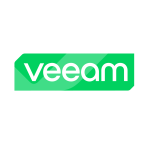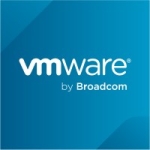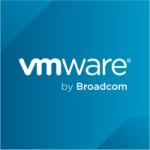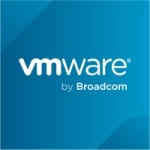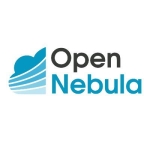What is our primary use case?
We use it for capacity planning, troubleshooting, and monitoring of our environment.
How has it helped my organization?
The benefits of the solution are stability, uptime, and awareness of what's going on in our environment. By being aware of issues, potentially even before they happen - for example, we'll see trends and metrics that can tell us that there might be a problem coming in this environment; maybe it's 30 days down the road - lets us get in front of them before they're actual issues or cause an outage or impact to the actual business unit.
We're definitely seeing quicker time to resolution on problems. It's yet to be determined what kind of cost savings we're getting from capacity usage. I know that there are some features that are in the product that probably we're not leveraging yet, but they're there and I know that's something we're probably going to be able to leverage soon.
What is most valuable?
The most valuable feature is the ability to get a view of our entire environment in a single pane of glass. We're a very large company, so going from one interface to another to troubleshoot an issue, or even just to get capacity information, is time-consuming and not efficient. Being able to go to one place and get that information is very helpful.
With the latest version, it's definitely user-friendly. It has come a long way. Originally, I don't think it was, but here with the latest update, probably the last two updates, they've made it more and more user-friendly. They've streamlined it, made it more efficient, and made it more simple.
What needs improvement?
Any product is going to have room for improvement. As long as they keep innovating and listening to us, I think that's going to help.
One of the big areas that would help us in the future is to focus on using vROps more as a tool to help us respond to these CVEs and security vulnerabilities that are coming in today's world. We're getting CVEs upon CVEs about security vulnerabilities, whether it's a process, or architecture, or VMware bug. It would be nice to be able to have those come into vROps and help us track them across our environment. Once a vulnerability is established, we as a company have to address that vulnerability as fast as possible. It would be nice if we could integrate that into a vROps dashboard, which sees every host and every VM in the environment. If it was able to flag areas: "Hey, these are left to be remediated, these aren't," those kinds of thing would be helpful.
What do I think about the scalability of the solution?
From a scalability perspective, the nice thing about vROps is it's more of a horizontal scale model. As our workloads increase, as our vCenters and different environments grow, vROps is easy to scale to consume that capacity by just adding another node. That can help. It keeps it from getting bogged down from not having enough resources. We can easily add a node in, it takes the additional load, and keeps up with our growth.
How are customer service and technical support?
We're a BCS (business critical support) customer with VMware, so we already have a higher level of support. The BCS experience is great. They've been helping us with vROps if we have issues or troubles. No complaints there, it has been really good.
Which solution did I use previously and why did I switch?
We had a lot of homegrown solutions and different products. We have Splunk, we're using Tableau, different reporting services that were based on gathering our own data, power CLI scripts, going out and individually running things against vCenters, pulling them back in, and then dumping them into something centrally that we could view for capacity. But it really was point-in-time, it wasn't real-time, it wasn't something that could even be predictive for us. We would look at it and say, "Well, that looked different last month so let me go look and see why," and then it was a lot more time-consuming to go about that method. It was more of a manual method.
vROps is a tool that gathers that data every five minutes, or whatever the time duration is that you have set for collections. We're more up to the minute, more quick to respond. I think it's a smarter product than homegrown stuff. That's why we moved away from the homegrown stuff.
When looking to select a vendor, they need to be innovative. They really need to not just answer the need but go above and beyond it. And then cost is a big factor as well.
How was the initial setup?
The initial setup was very straightforward. To pull in an OVA, it was very easy to consume it. It was very easy to scale. There wasn't really much trickiness to setting it up. Do your homework, read through documentation, understand how the product is used with the different types of nodes and how they work. But it was very straightforward.
What's my experience with pricing, setup cost, and licensing?
Cost is an issue on vROps. The Standard edition, for an organization our size, is just not useful at all. However, I like the price point of vROps Standard. But as a company, the Advanced is the minimum version that we can use, because we need the customization, we need a lot of the features that Advanced brings. But the price is substantially higher than Standard.
It's always been a challenge to try to go in to my leadership and say, "Here's what I want." I've always got to go back and super-justify it and it's not an easy win. Whereas, if the pricing were closer to the Standard model, or maybe even a little bit above that, it's an easier conversation with leadership. But because it really feels like more than double the price, I'm not sure the value, double the money, is there, as an easy-sell to my leadership.
What other advice do I have?
vROps is a ten out of ten. It's a really good product, I'm excited about it, I like using it. It's also one of those products that I like engaging with on a daily basis. It's easy to use, it's kind of fun and insightful to look at all your different environments and be able to get the answers you need. Honestly, it makes my leadership happy when they see the stuff that I generate out of it. That's always a plus too.
Disclosure: My company does not have a business relationship with this vendor other than being a customer.



